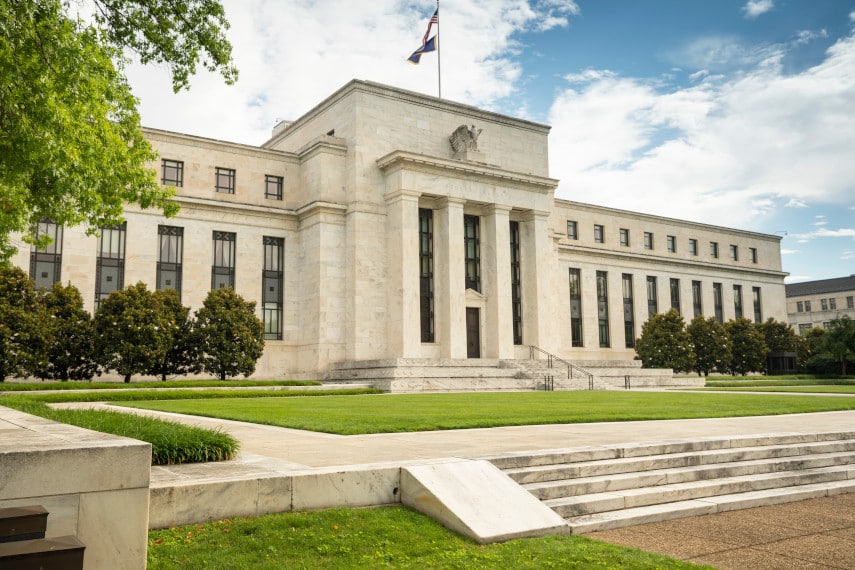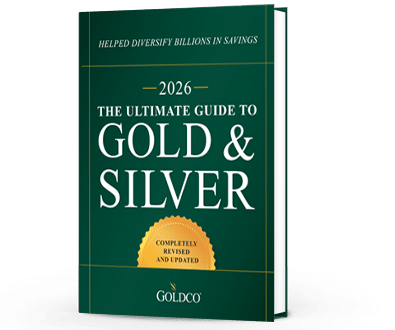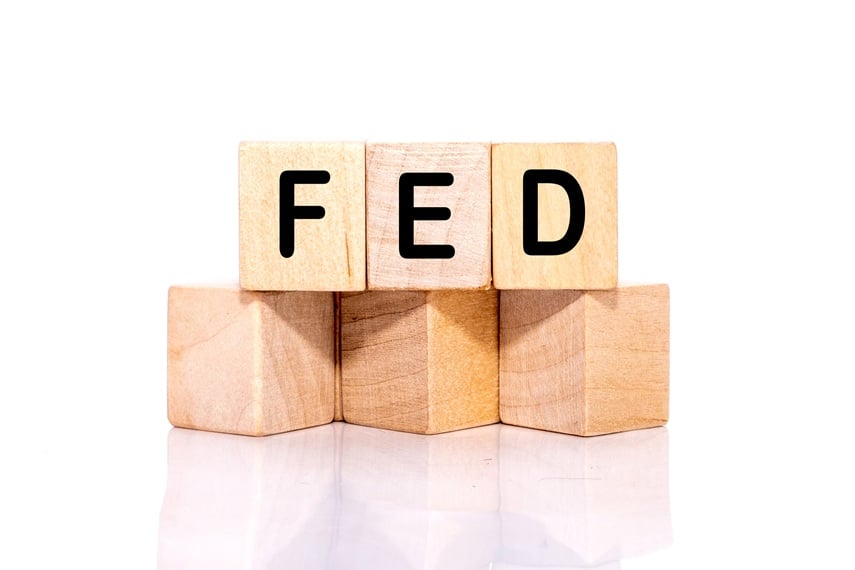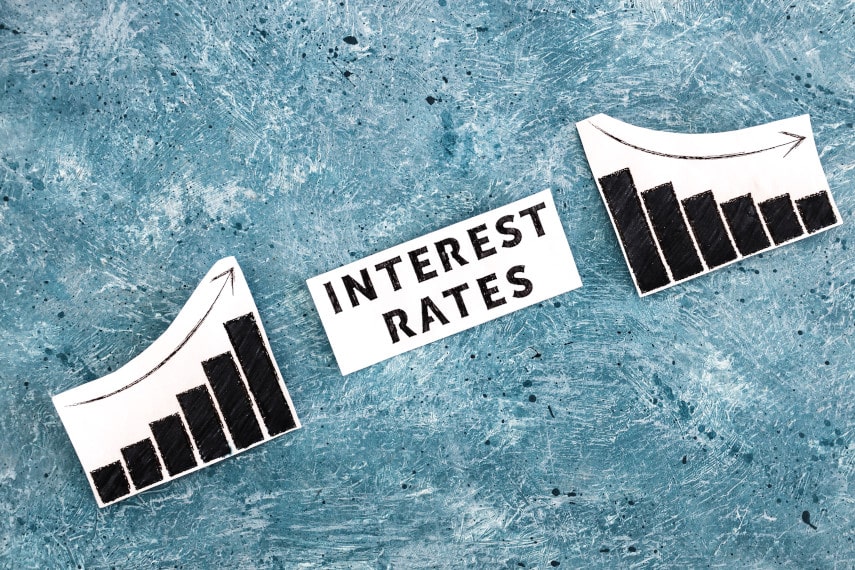
This week promises to be another interesting one for markets, as all eyes will be on the Federal Open Market Committee as it holds its final meeting for the year. While the end of the year is normally supposed to be a pretty stable and staid time for financial markets, this December has seen its share of ups and downs. And depending on what the Fed decides to do this week, markets could fall even further.
The attention being paid to the Fed is understandable when you consider that so much of what is driving financial markets today is the result of the Fed’s unconventional and unprecedented monetary policy action. With over $4.5 trillion of new money having been created since March 2020, more than doubling the size of its balance sheet, that money is now starting to affect the economy in a major way in the form of higher inflation.
The Fed has promised to taper its asset purchases, and many people are waiting with bated breath to see just what happens at this December meeting. The taper has barely begun and the Fed is already talking about speeding it up, ending in March rather than June, because it wants to end its asset purchases in order to give itself some breathing room should it need to engage in further monetary stimulus in the future after an economic downturn.
Markets and analysts are going to look at whether that promise to wind down the taper in quicker fashion gets an official acknowledgment at this week’s meeting. And that could be very important with respect to the future, as inflation expectations have risen to new highs.
Consumers Expect More Inflation
While inflation expectations made headlines this week, it’s likely that consumers are still underestimating just how high prices will rise. According to the New York Fed, overall inflation expectations for the year ahead are for a 6% rise. Compare that to the 6.8% year-on-year inflation we just saw last month, or the month-to-month annualized inflation rates of over 10% and it’s clear that consumers are underestimating inflation.
That’s easy to understand, however, as inflation is reaching levels last seen 40-plus years ago. And the type of persistent long-term inflation that could end up marking the 2020s as an era of stagflation hasn’t been seen since the 1970s, well outside the memories of the majority of Americans alive today.
Americans by and large expect the status quo to continue, which is perhaps why they expected inflation of 6%, since the survey was taken during a month in which headline inflation was at 6.2%. You would have to imagine that consumers this month would raise their overall inflation expectations to 7% for the coming year.
Curiously, medium-term inflation expectations are lower, with a median expectation of 4% inflation over the next three years. Given the amount of money the Fed has pushed into the financial system, however, that estimate could be a little low.
Most people have a good handle on the prices of the goods and services that most affect them, however, as they expect prices for those goods and services to rise even faster than the overall inflation rate. According to the New York Fed’s survey, inflation expectations for rent, food, gas, and medical care were in the 9-10% range. That’s probably not an unreasonable assumption, as those prices have seen some of the biggest increases this year.
Unfortunately, those prices too could end up seeing larger increases than that in the future. With inflation rising at an annualized rate of over 10%, and food, gas, and rent outpacing the general inflation rate, we wouldn’t be surprised to see actual increases of 15% or more in those categories if the overall inflation rate rises to over 10%.
Lest you think that a 10% inflation rate is out of the question, we’ve reached that level on multiple occasions before. In fact, inflation peaked in 1980 at over 13%, so we’re still quite a ways away from all-time inflation highs. And who’s to say that we won’t seen inflation rates that high or even higher next year?
Trust in the Fed Is Eroding
As the inflation rate creeps ever higher, trust in the Fed is eroding. Everyone remembers how the Fed clung to the idea that inflation was only transitory, despite mounting evidence that inflation was rising and here to stay. And now we’re supposed to trust the Fed to fight inflation, the very same people who tried to deny that inflation was even a problem?
The Fed is facing a severe trust issue, which is why this week’s meeting is so important. Markets are looking for an indicator that the Fed is taking inflation seriously and has a plan or at least some desire to fight inflation. If the takeaway is that the Fed still has its head in the sand and isn’t treating inflation with the seriousness it deserves, markets could be severely unnerved.
Are You Protected Against Inflation?
With inflation rates rising to levels we haven’t seen in 40 years, we’re facing an unfamiliar environment. This rising inflation is more akin to something we would expect to see in Argentina or Central America, not in the US. How are we supposed to survive in the face of rising prices?
With wages also remaining stagnant and investment returns being eaten away by inflation, many households are going to have to make tough financial decisions. Spending may need to be curtailed, consumption patterns will have to change, and investments may need a second look.
If you’re nearing retirement, the prospect of high inflation devaluing your retirement savings is a very real threat. Even 2% inflation was bad enough, enough to erode over 30% of the value of your savings between the time you retire and the time you die. But 7-8% inflation would be even more catastrophic, particularly if this inflation becomes entrenched.
An 8% annual inflation rate is enough to erode nearly 80% of the value of your savings within 20 years. That’s a sobering and frightening statistic, but one that should underscore the importance of protecting your wealth against inflation. Thankfully you don’t have to remain passive in the face of rising inflation, and you can protect your assets against devaluation.
One traditional method of protecting wealth against inflation has been to invest in precious metals such as gold and silver. These precious metals have been trusted by people for centuries to protect wealth in the face of financial turmoil and economic uncertainty.
Gold and silver also have a proven ability to gain value in the face of high inflation. During the 1970s, gold and silver grew at an annualized rate of over 30% per year over the course of the decade. That was far in excess of stock markets, which were essentially flat for the decade, and also well ahead even of the highest 11% inflation seen during the ‘70s.
With increasing fears that the 2020s may end up being a reincarnation of 1970s stagflation, many investors have already made the move into gold and silver to help protect their retirement savings. And with a precious metals IRA, that move can be made relatively easily.
Precious metals IRAs like a gold IRA or silver IRA allow you to roll over or transfer existing assets from your 401(k), 403(b), TSP, IRA or similar retirement accounts into a precious metals investment tax-free. That allows you to invest in physical gold or silver coins or bars while still enjoying the same tax advantages as your current 401(k) or IRA retirement accounts.
If you have large cash holdings or investments in cash equivalents that could lose value to inflation, you could also buy gold and silver coins directly, storing them at home. That gives you the peace of mind of a physical investment asset that could appreciate in value, while keeping your assets from losing value to inflation each year.
No matter how you decide to invest in precious metals, it’s important to deal with someone you can trust. With over a decade helping thousands of satisfied customers just like you benefit from gold and silver, Goldco is one of the industry leaders. Our experienced representatives can answer your questions so that you’re able to make an informed decision about gold and silver.
Don’t let your hard-earned retirement savings get eroded by rising inflation. Even if the Fed decides to do something about inflation this week, it could be too little, too late to help your investments. Call the precious metals experts at Goldco today to learn more about safeguarding your savings with gold and silver.





